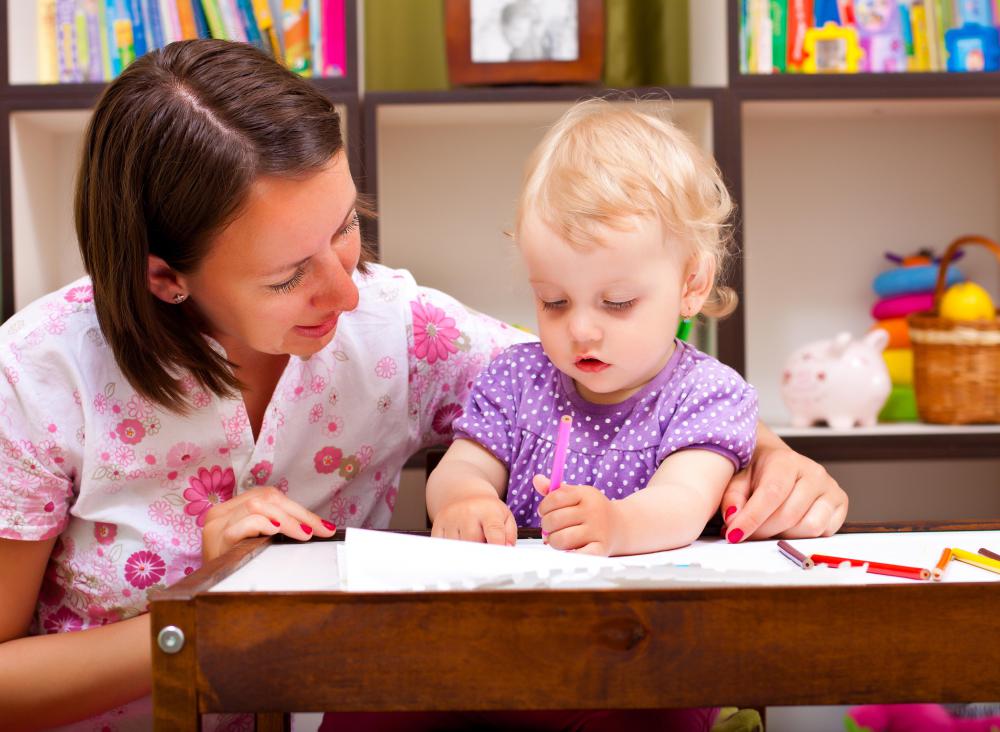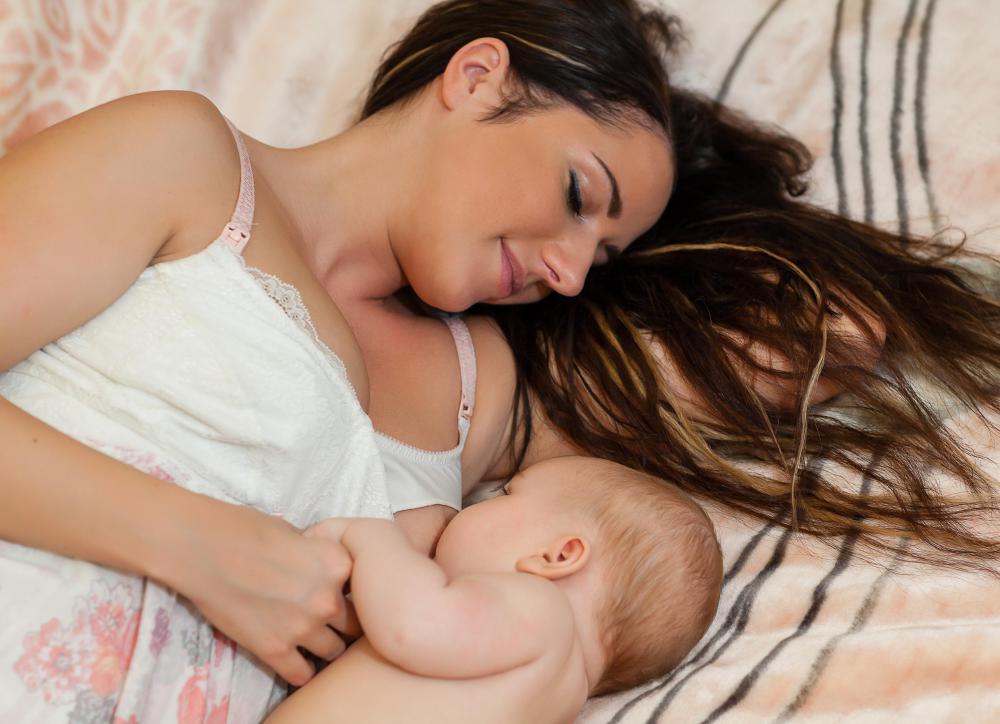At WiseGEEK, we're committed to delivering accurate, trustworthy information. Our expert-authored content is rigorously fact-checked and sourced from credible authorities. Discover how we uphold the highest standards in providing you with reliable knowledge.
What is the Rubinstein-Taybi Syndrome?
Rubinstein-Taybi syndrome is a condition that first was identified in the 1960s by Drs. Jack Rubinstein and Hooshang Taybi. Prior to its identification, it was not believed to be a related set of conditions warranting an individual name. Today, the disease is better known as one present at birth, affecting intelligence, appearance, developmental patterns, and possibly impacting health in a variety of ways.
The most distinguishing features of Rubinstein-Taybi syndrome is unique facial appearance. This includes having a smaller head, small mouth, larger nose, and down-slanting eyes. the hairline may extend far onto the forehead, and children with this condition can have much smaller palates than average. The big toes and thumbs are often broad too, and they may not be as straight as normal.

While facial, thumb and big toe appearance tends to be very similar in each child with Rubinstein-Taybi syndrome, there can be very large differences in what other problems are present. Most children with this condition are mild to moderately retarded, and they may suffer a variety of delays that affect language, feeding and motor skills. Many children also have some form of eye problems, but specific type may vary by child.

More serious is prevalence of heart defects, some of which may necessitate surgery in infancy or early childhood. Of the conditions associated with this syndrome, presence of heart defects may have greatest impact on survivability. That being said, many children with this condition live well into adulthood.
There are many babies who have such clear evidence of Rubinstein-Taybi syndrome that they’re diagnosed very early in life. Others don’t receive a diagnosis until they are nearly 2 years or older. Especially early, it’s hard to tell if facial appearance is that dramatically different, but this becomes clearer later on in infancy, along with evidence of other delays or issues. It should be stressed that these other issues or delays really depend on the child, and not all kids with this syndrome have the same exact symptoms, though most resemble each other facially.

Things that remain unknown about Rubinstein-Taybi syndrome include what causes it. Thus far, genetic studies do not show it to have a genetic or inherited origin and there are very few reports of more than one person having it in the same family. This doesn’t rule out that the condition may chromosomal, but as yet, there is no clear explanation for it.

More clear is that children with Rubinstein-Taybi syndrome will need plenty of support. Physical, occupational and other educational therapies could be of use in offsetting early developmental challenges. Additional help is needed as children progress through school, and most kids lack the intelligence level required to obtain a full high school education. Instead, supportive assistance that can allow these children to learn and thrive to the best of their abilities is recommended, and assistance should include support for parents and family members.
AS FEATURED ON:
AS FEATURED ON:















Discussion Comments
My daughter has RTS. She was born 1972. At that time, Julie was 1 in 5 in the world who had RTS. Dr Danks at the time said it's a vary rare case. He went to America and became Professor Thanks. But we are so proud of her. She has developed into a very intelligent young lady, but she is deaf with a mild intellectual disability. Never give up to any disability of any kind because they are happy, normal human beings. Cheers, Helen S.
@momothree: I think I may have watched the same show that you did. There were two males with the disease and apparently, the disease causes them to have undescended testicles. Most of them suffered from mental retardation. Some of the ones that had mental retardation only had mild cases and could still function and even carry on conversations normally.
There was a family on there that had a daughter born with RTS. She died at two years of age from a respiratory infection.
I was watching TLC on TV one evening and they were doing a documentary on people with RTS. I had never heard of it, but after watching this show, my heart went out to the people and their families who have it.
Several of the children were short, had what looked like a beaked nose, malformed ears, an odd slant to their eyes with very highly arched eyebrows. They also seemed to have small heads and very odd looking thumbs and big toes. Two of them had a red birthmark on their foreheads.
They said that there are hundreds of cases reported around the world. What’s sad is that people who live in countries where healthcare is not readily available are probably suffering from the disease and have no idea what it is.
Thanks to the writer of this article for the incredible information.
Post your comments